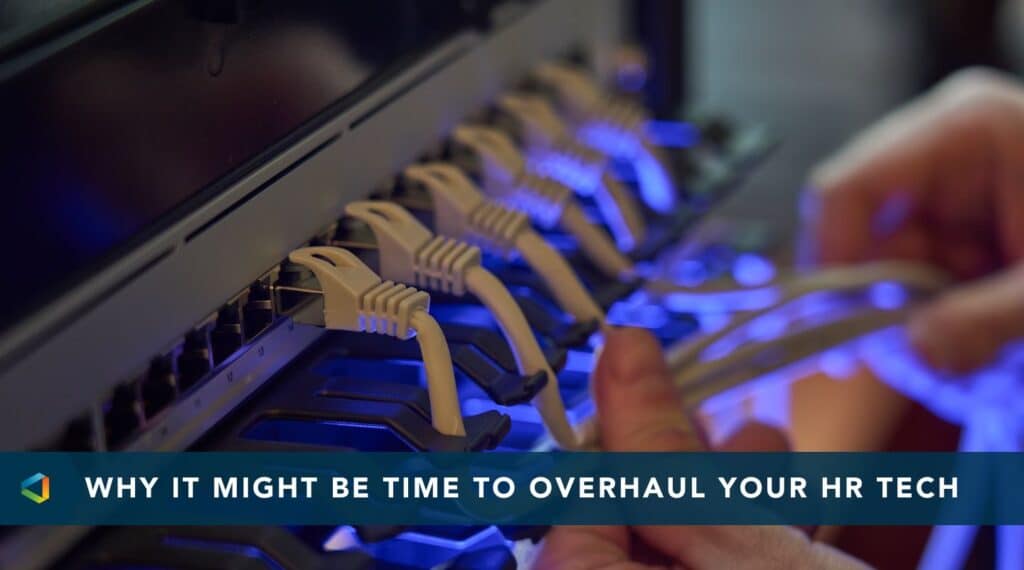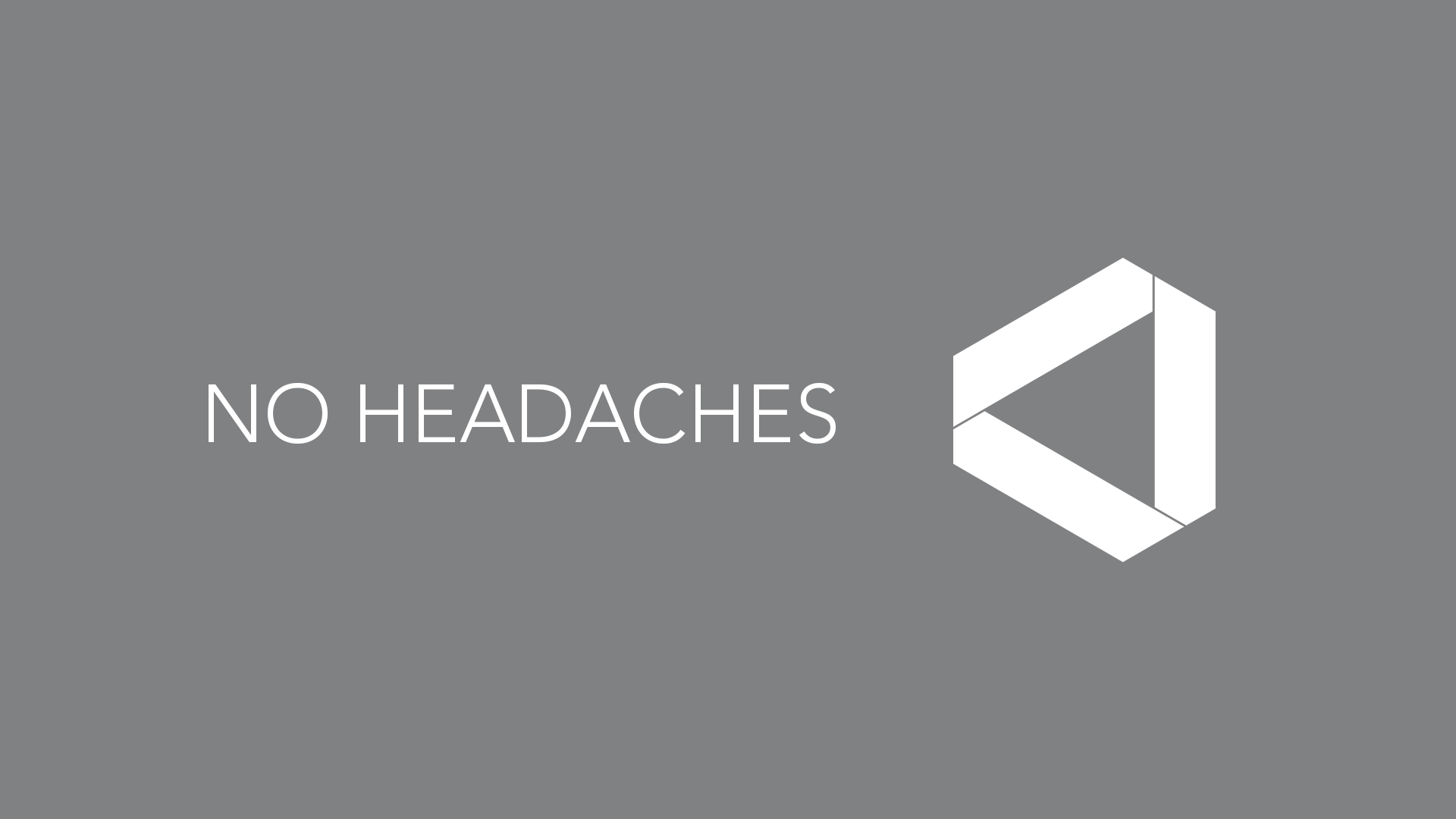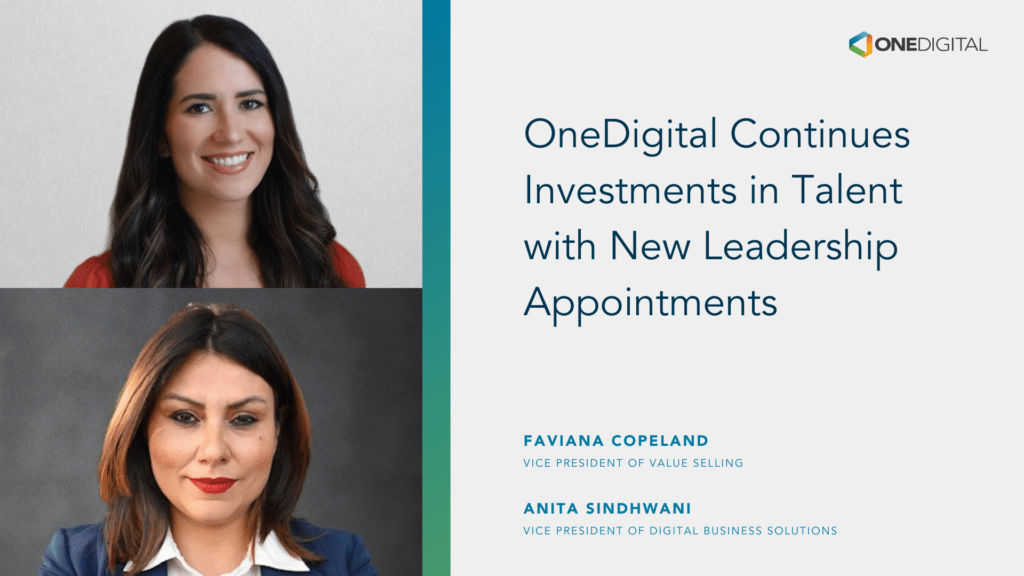Better Benefits
COVID Work from Home Reveals Shortcomings in HCM Systems
COVID Work from Home Reveals Shortcomings in HCM Systems
If there is one truth the pandemic affirmed about workplace collaboration it is that technology is king!
When it comes to maintaining cohesive and collaborative work flow, the technology of a good Human Capital Management System (HCM) makes all the difference. This epidemic has forced us to work in ways that most were unprepared for. It has revealed the shortcomings of many of our existing HCM systems, especially those that are built as integrated systems comprised of independent vendors: one for Payroll, another for HRIS, a third party for Time and Attendance, multiple portals for employee self-service, all which are disconnected from one another. More than before, the current crisis has showed us that our HCM arrangements can make it difficult to engage with employees and even harder for employees to engage with us. Zoom cannot solve everything. There is no substitute for a well-positioned HCM system for assuring workflow and collaboration in the workplace.
So if you feel handcuffed by your current HCM technologies here is what to think about.
- If you have an existing system, call your vendor. Learn about the capabilities they possess that can solve for your issues. You may be surprised to learn what they can do for you.
- If you have been putting off installing a HCM system because of cost or the pain of implementation, all is not lost. Chances are you have a much better idea now than you did 12 weeks ago about what you need the system to do. This may prove fortuitous. HCM technology has been advancing rapidly over the past 7 years. HCM Systems installed 3 years ago are considered obsolete by many of today’s standards. No doubt the current crisis will foster even more advancement. You have not lost out by not previously acting, now is the time to assess your needs and determine the right system for your company.
- If you don’t have a current HCM system, or the one you do have is a hodgepodge of independent vendor solutions strung together, you should seriously consider a vendor that can provide a unified database solution. That way all components of the system talk to one another, exist in a single line of programmer code, and make everything easier and seamless. Such a system will enable you to enter the employee into the system once, eliminate double entry, or better yet, have the employee enter themselves into the system. From applicant tracking, to onboarding, open enrollment, and employee self-service, the system should flow and engage all parties with ease.
- Employee Self Service (ESS) is critical in configuring HCM systems for usability. The limitations of current work arrangements has proven this necessity. It is likely your current ESS capabilities are primarily for viewing purposes and not for facilitating interactions. Implementation (or reconfiguring) of an HCM system with superior ESS functions makes it easy for employees to access information and engage with one another. Beyond the primary components of an HCM system (Payroll, ACA, Time and Attendance, HRIS), superior ESS functions should be the single most important feature you seek. What ESS features are important to your HCM system? Here are a few suggestionsESS should integrate with any workplace or workforce environment. It should easily transfer groups of employees from one job to the other while allowing them to stay aligned with their teams.
-
- ESS should have the ability to review and share documents, facilitate multiple users in a single file, and allow for approvals. When all your communication are in one place, you can drive results from any location.
-
- ESS needs to provide convenient employee access via smartphone, tablet, or laptop especially when an office desktop computer is unavailable. It should offer high-speed processing that enables rapid exchanges.
-
- ESS should allow employees to submit time-off requests and submit their timesheets for approval.
-
- ESS should assist with benefit enrollment, supported by benefit education.
-
- Most importantly, ESS should support modern identity verification for employees such as biometric and facial recognition systems. A system that requires too many levels of security depended on multiple passcode entries is a deterrent to employee participation.
Employees working remotely and collaborating in virtual space is no longer the province of Silicon Valley high tech. Circumstances have taught us that it belongs to all of us now and we need to be adopters for our businesses to thrive. Employers are also realizing there are cost benefits to be realized from such arrangements and tremendous efficiencies to be exacted into their work models.
While HCM solutions are not meant to completely replace interactions with managers, HR, and co-workers, they assist in making us more efficient, coordinated, workflow producers as they minimize the disruptions created by time, distance, and pandemics.




